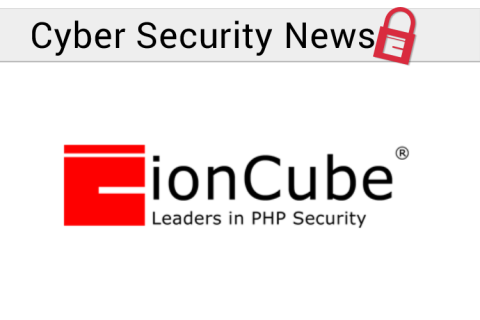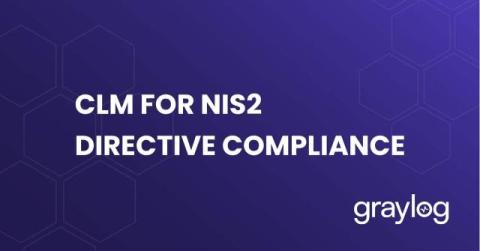Weekly Cyber Security News 06/02/2025
Let’s catch up on the more interesting vulnerability disclosures and cyber security news gathered from articles across the web this week. This is what we have been reading about on our coffee break! The awe I have for those able to dig this deep increases further. Also does the concern at what nefarious uses it can be put to.











